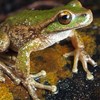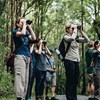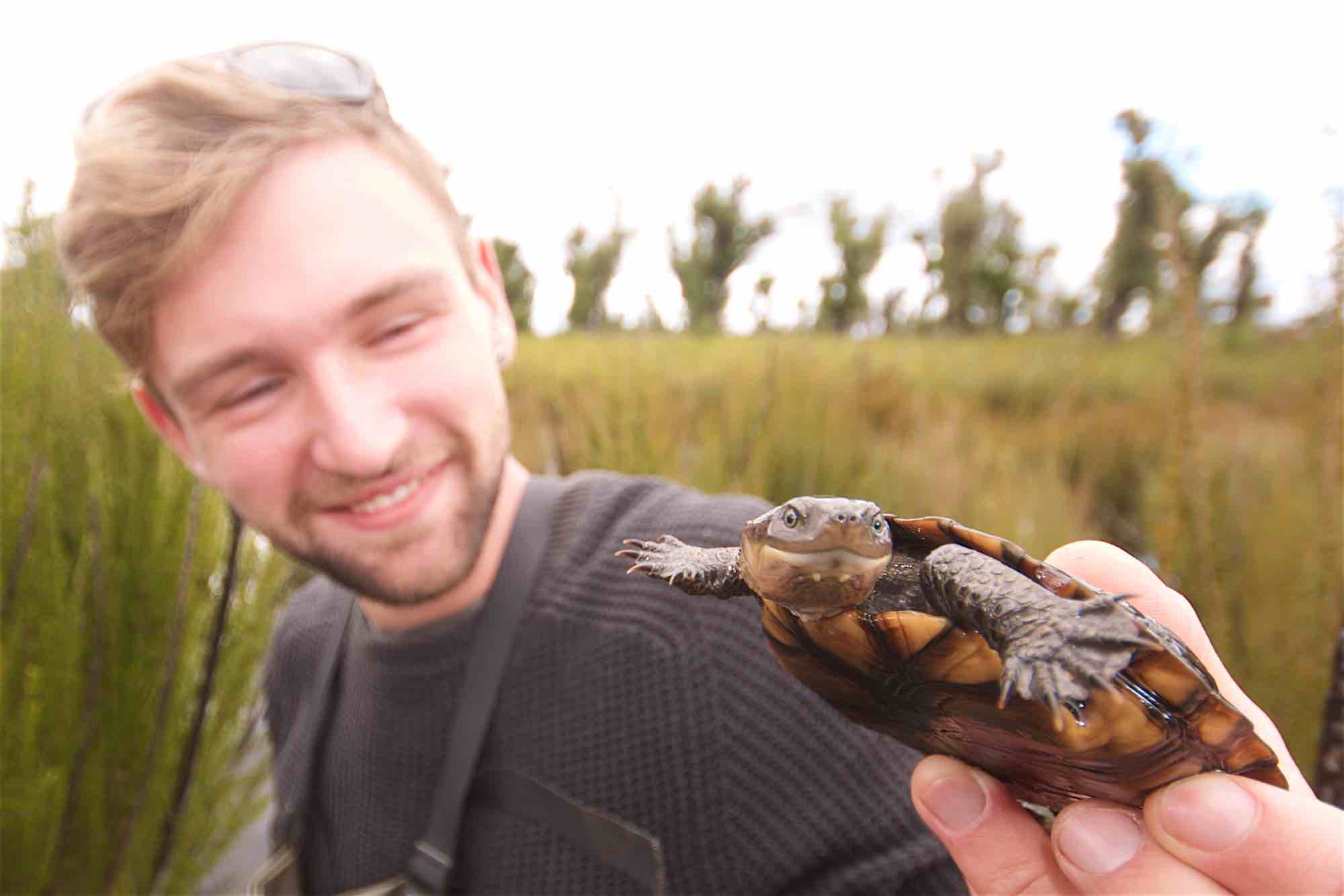
Editorial: It is people who save species
Thursday, 15 December 2016The TSR Hub now involves around 200 people in its research projects, including researchers and on-ground partners, working on around 40 projects across the country. One of the things that unites these projects is a high level of stakeholder engagement.
Strong collaborations with conservation policy makers, planners and on-ground practitioners such as the Martu Rangers who feature in this edition, ensure that the research is addressing on-ground needs. It also builds a pathway for research adoption, so our research investment will deliver tangible conservation outcomes for threatened species in shorter time frames.
But our research is not only looking at the threatened animals or plants in their habitats. Our research program includes fascinating work on social and economic opportunities to conserve threatened species, including how best to engage people and communities in conservation through strategic messaging around conservation issues, and how traditional Indigenous and western knowledge systems can work together to better inform conservation actions.
A great example of the importance of people in conserving species are the recovery planning teams that form under our wonderful EPBC Act to manage the recovery of threatened species. We’re currently working with recovery teams to examine how the teams themselves can be organised and function to be most effective. This work will lead to better guidelines for recovery team activities, more cost-effective investments in species conservation, and a greater likelihood of recovering threatened species. Read all about it in this edition.
The governance of our own Hub has recently had a change, with me moving into the role of Director and members of the leadership group taking over key areas of responsibility for communications and indigenous participation. I’d like to acknowledge the wonderful contribution and legacy of outgoing Director, Hugh Possingham, who is now the Chief Scientist of the world’s biggest conservation organisation, The Nature Conservancy.I would also like to welcome Brad Moggridge as our new Indigenous Liaison coordinator.
Brendan Wintle
Acting Hub Director
Top image: Volunteer Marcus Lee, examines a healthy translocated western swamp tortoise. Image: Stewart MacDonald
-
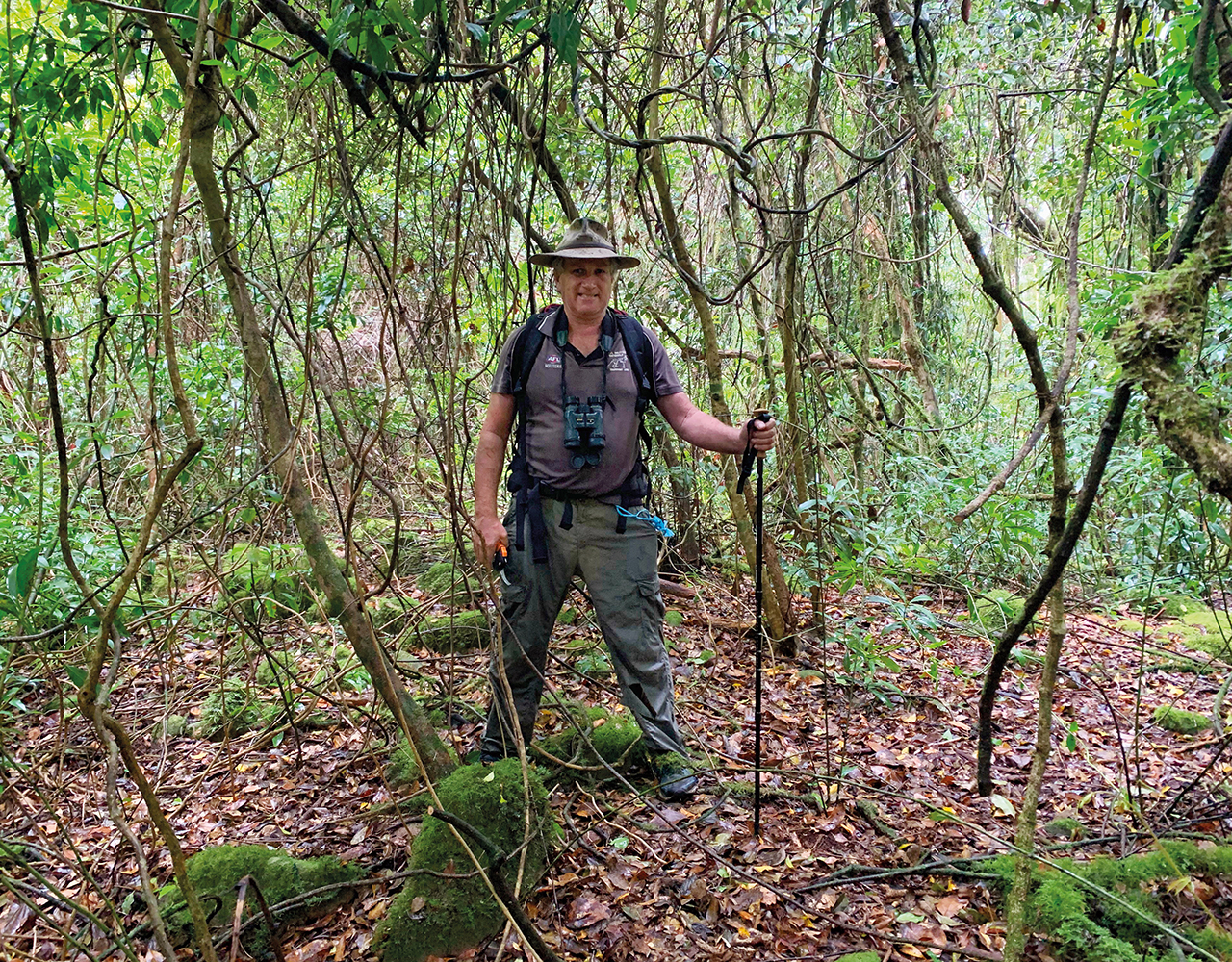
The importance of community for threatened species
Wednesday, 21 October 2020 -
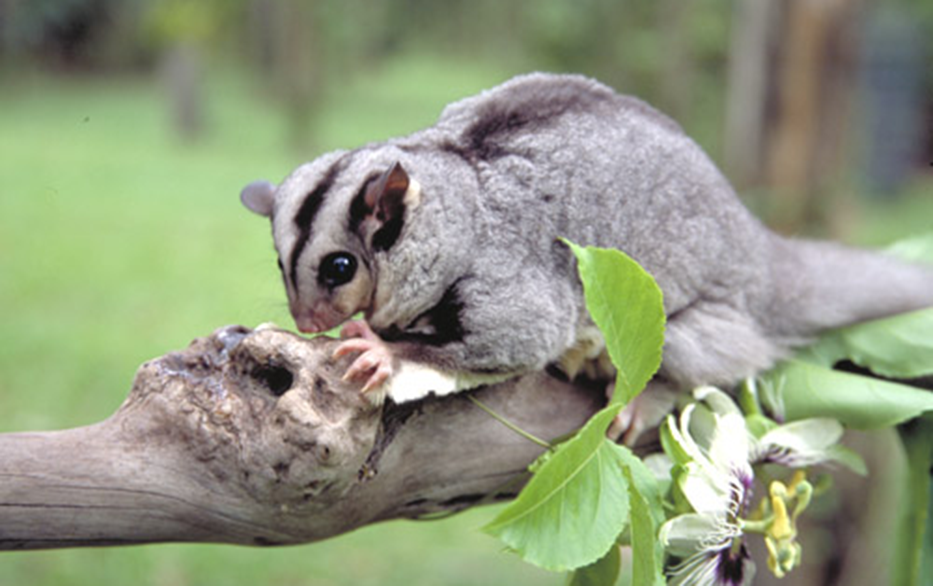
Australia’s possums and gliders
Tuesday, 09 July 2019 -
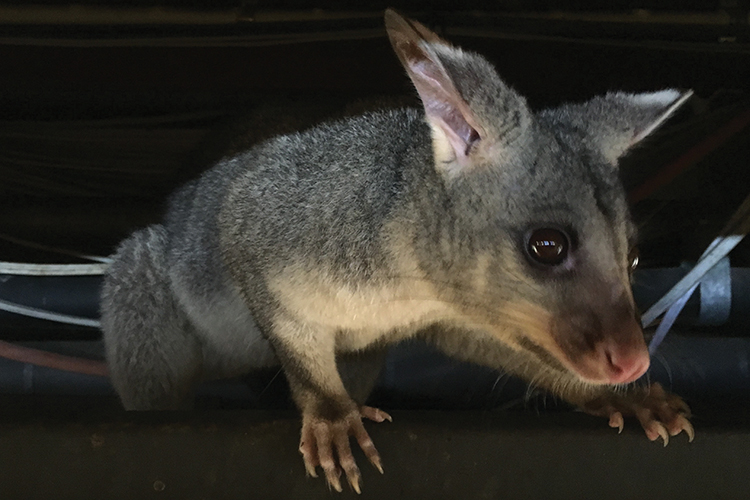
Backyard scientists helping possums and gliders
Tuesday, 26 November 2019 -
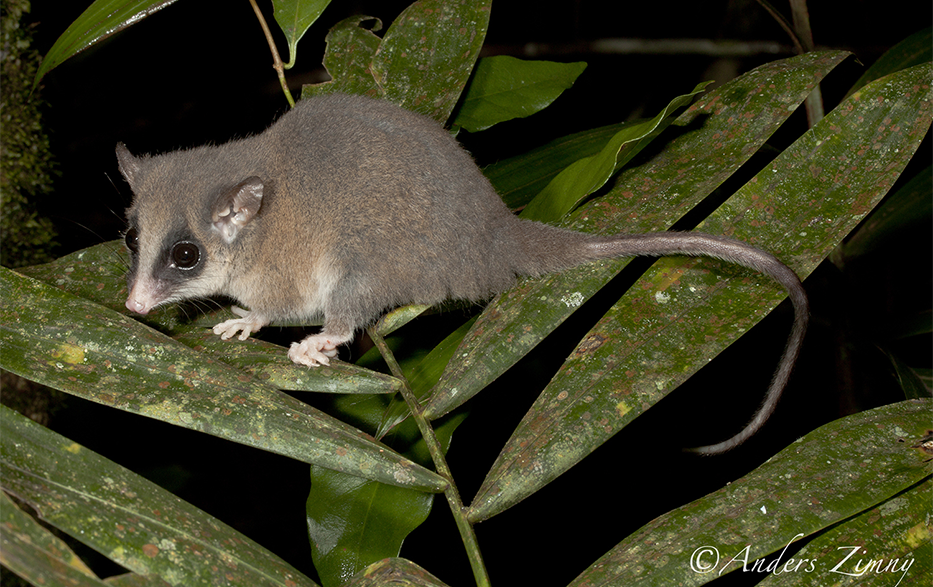
CAUL Urban Wildlife app Possums and Gliders Project
Friday, 24 May 2019 -
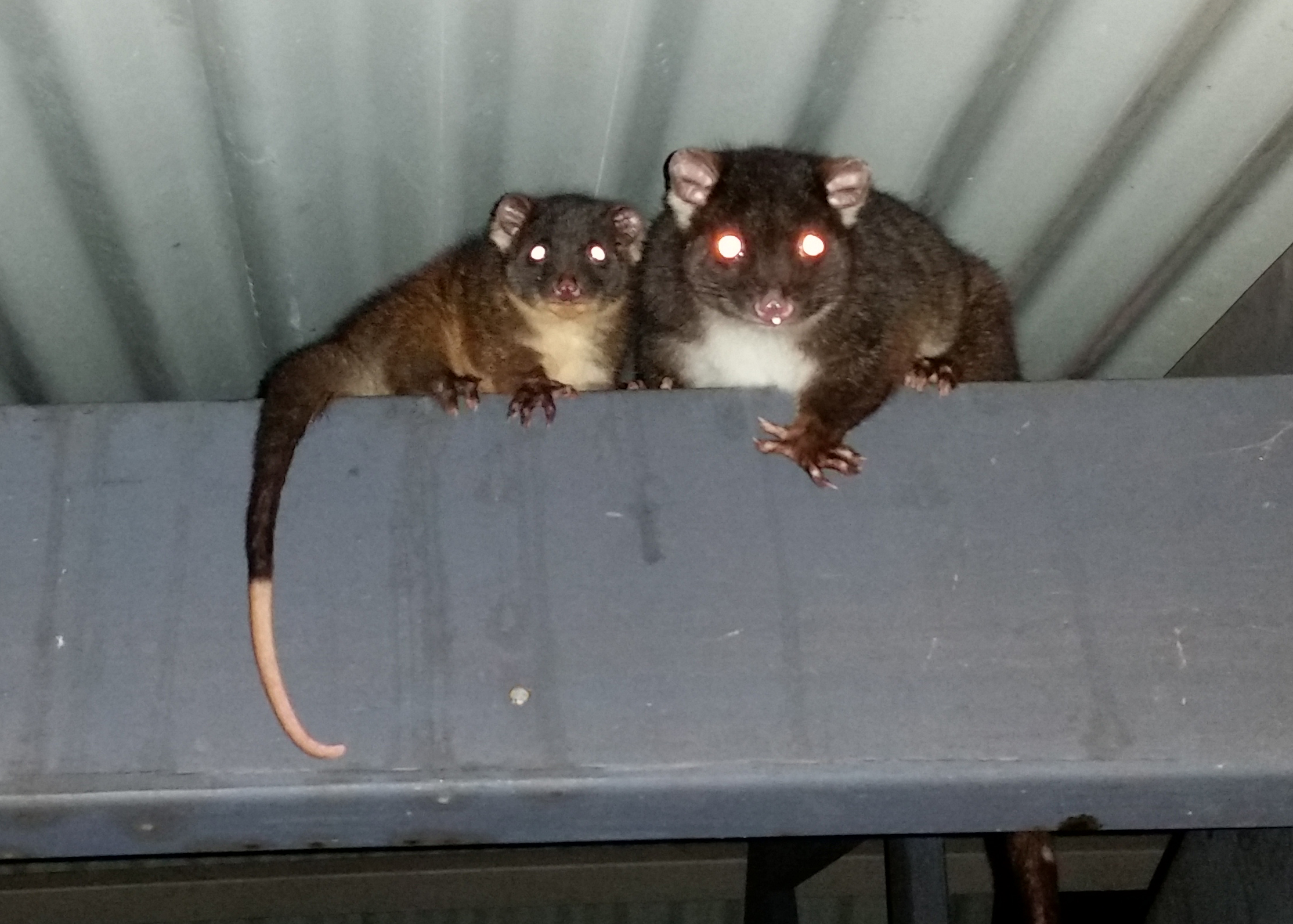
Citizen scientists collaborate on mammal surveys in urban gardens
Tuesday, 29 January 2019 -
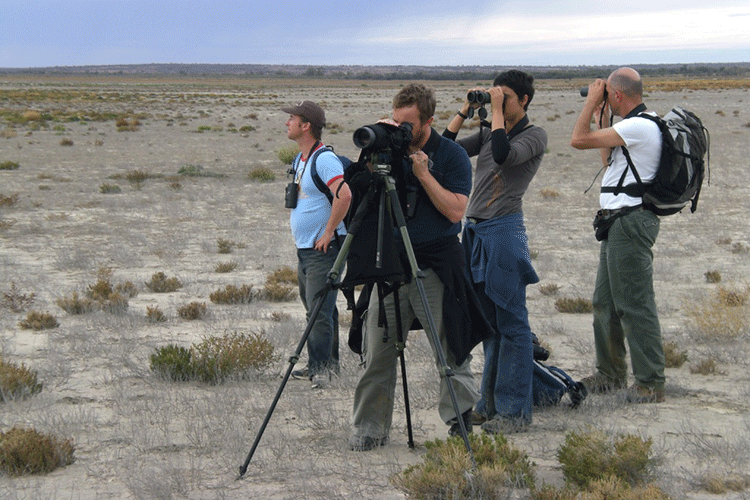
Citizen, where art thou?
Monday, 07 August 2017 -
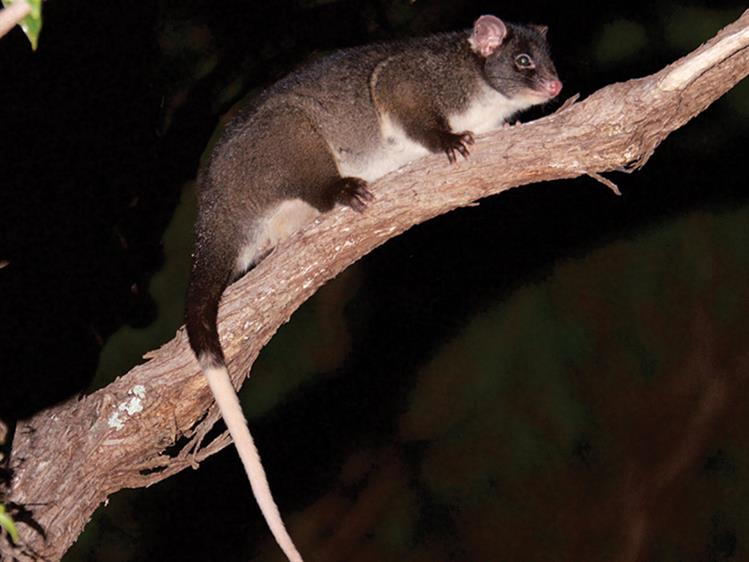
Wineries for ringtails
Thursday, 02 July 2020 -
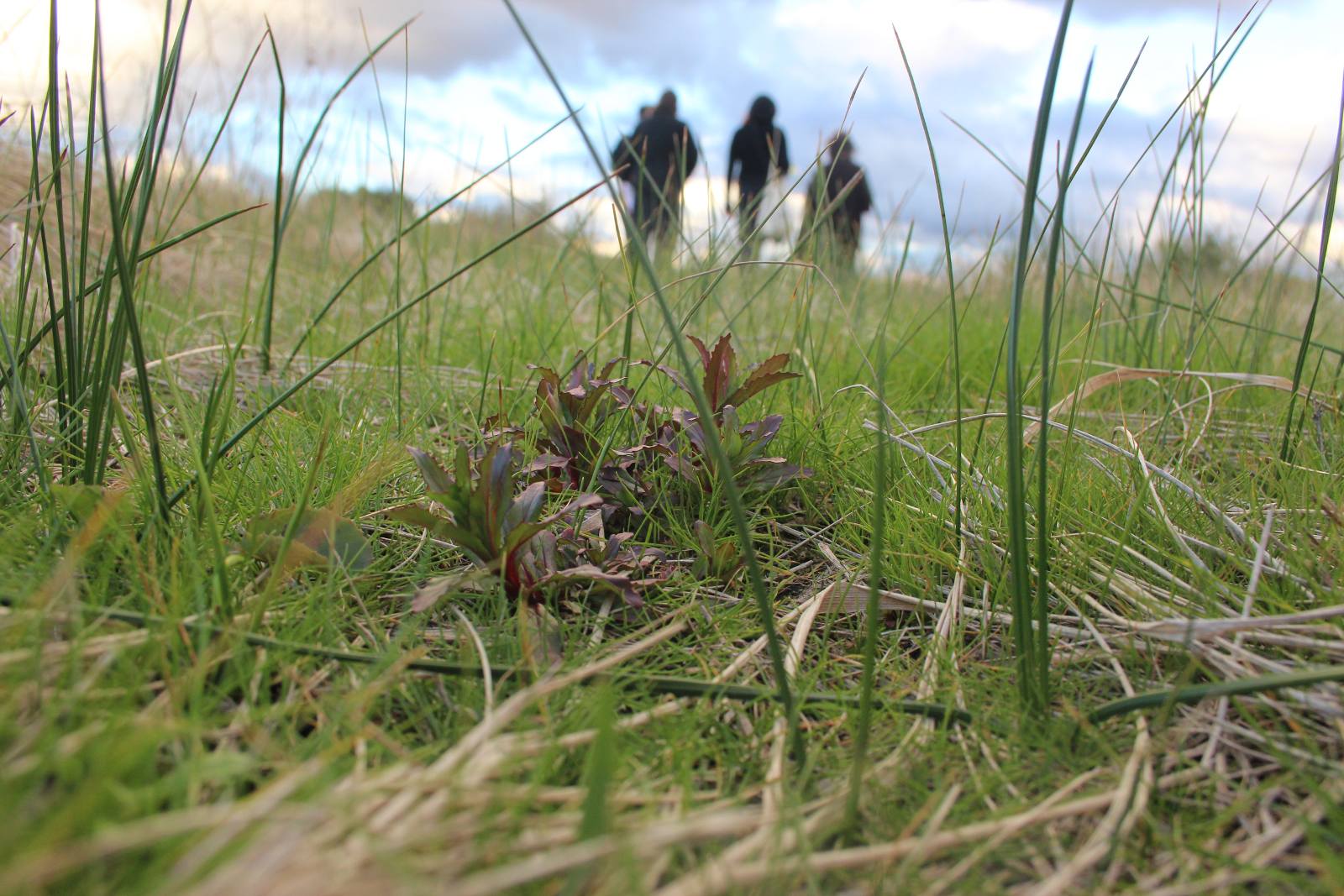
The best way to harness people power
Tuesday, 24 May 2016 -
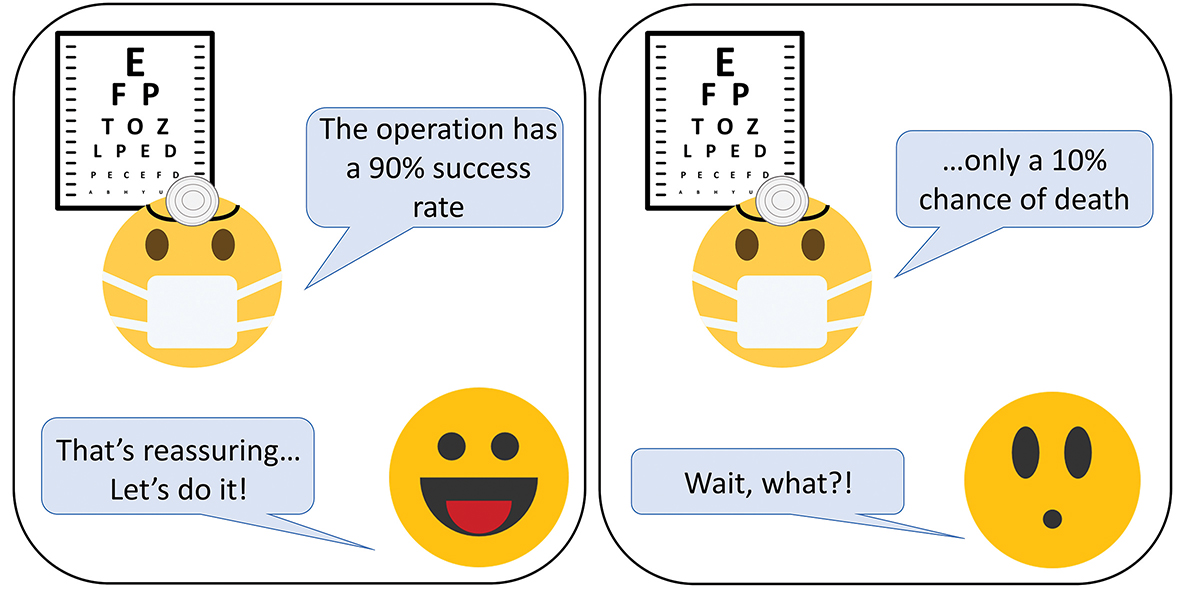
5 lessons for more effective conservation messaging
Wednesday, 28 October 2020
